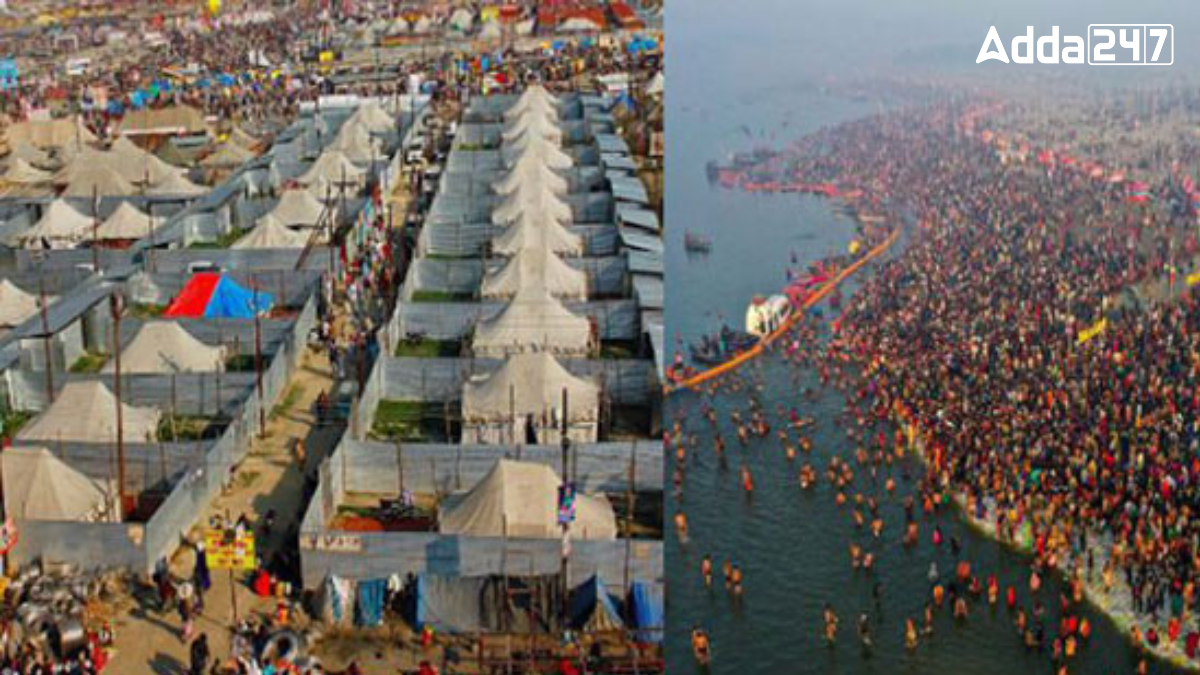The state of Uttar Pradesh, known for its rich history and culture, is home to many holy places. One district in this state holds special importance and is often called “Teerthraj,” which means “King of Pilgrimage Sites.” This article will explore which district holds this title and why it is so significant.
An Overview of Uttar Pradesh
Uttar Pradesh (UP) is a state in northern India with over 241 million people, making it the most populated state in India and the world’s most populous subdivision. It shares borders with Rajasthan, Haryana, Delhi, Uttarakhand, Nepal, Bihar, Madhya Pradesh, Chhattisgarh, and Jharkhand. The capital is Lucknow, and Prayagraj is the judicial capital. UP covers 243,286 km².
Number of Districts in Uttar Pradesh
Uttar Pradesh has 75 districts, the highest number in any state in India. These districts are organized into 18 administrative divisions to help manage and govern the state more effectively. This system ensures better administration and coordination across the state.
Prayagraj, one of the oldest cities in India, is known as the “Teertharaj” or the “King of all pilgrimage sites.” It is famous for its spiritual importance and historical significance. Located at the confluence of three rivers – Ganga, Yamuna, and the invisible Saraswati – it holds great reverence for Hindus.
Why is Prayagraj Known as Teerthraj?
Prayagraj is known as “Teerthraj” because it is considered the king of all pilgrimage sites in India. This title comes from its sacred location at the confluence of three rivers – the Ganga, Yamuna, and the invisible Saraswati. The Triveni Sangam, where these rivers meet, is a highly revered spot for Hindus, making Prayagraj a major center for spiritual practices and pilgrimages.
Sacred Triveni Sangam
Prayagraj is situated at the meeting point of three rivers, known as the Triveni Sangam. This confluence of the Ganga, Yamuna, and the Saraswati River is considered one of the holiest places for Hindus. Pilgrims from all over India and the world visit Prayagraj to take a holy dip in these sacred waters, especially during the grand Kumbh Mela held every six years and the Mahakumbh, which happens every twelve years.
Historical Significance of Prayagraj
Prayagraj holds an important place in India’s history. It was here that key events in India’s freedom struggle took place, such as the formation of the Indian National Congress in 1885. Moreover, it was in Prayagraj that Mahatma Gandhi started his non-violent movement in 1920, which became the foundation for India’s independence.



 Which Country is Known as the Land of Ch...
Which Country is Known as the Land of Ch...
 Which Bird is known as the King of Birds...
Which Bird is known as the King of Birds...
 Which City of Austria is Known as the Ci...
Which City of Austria is Known as the Ci...







